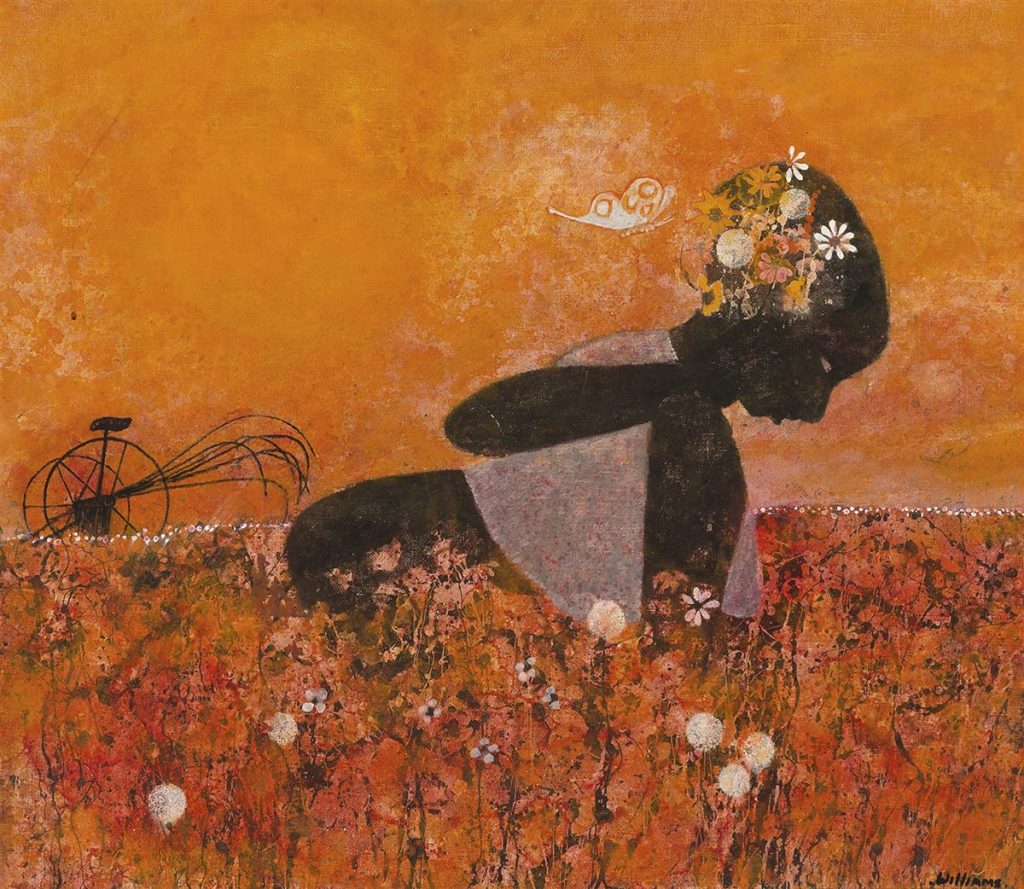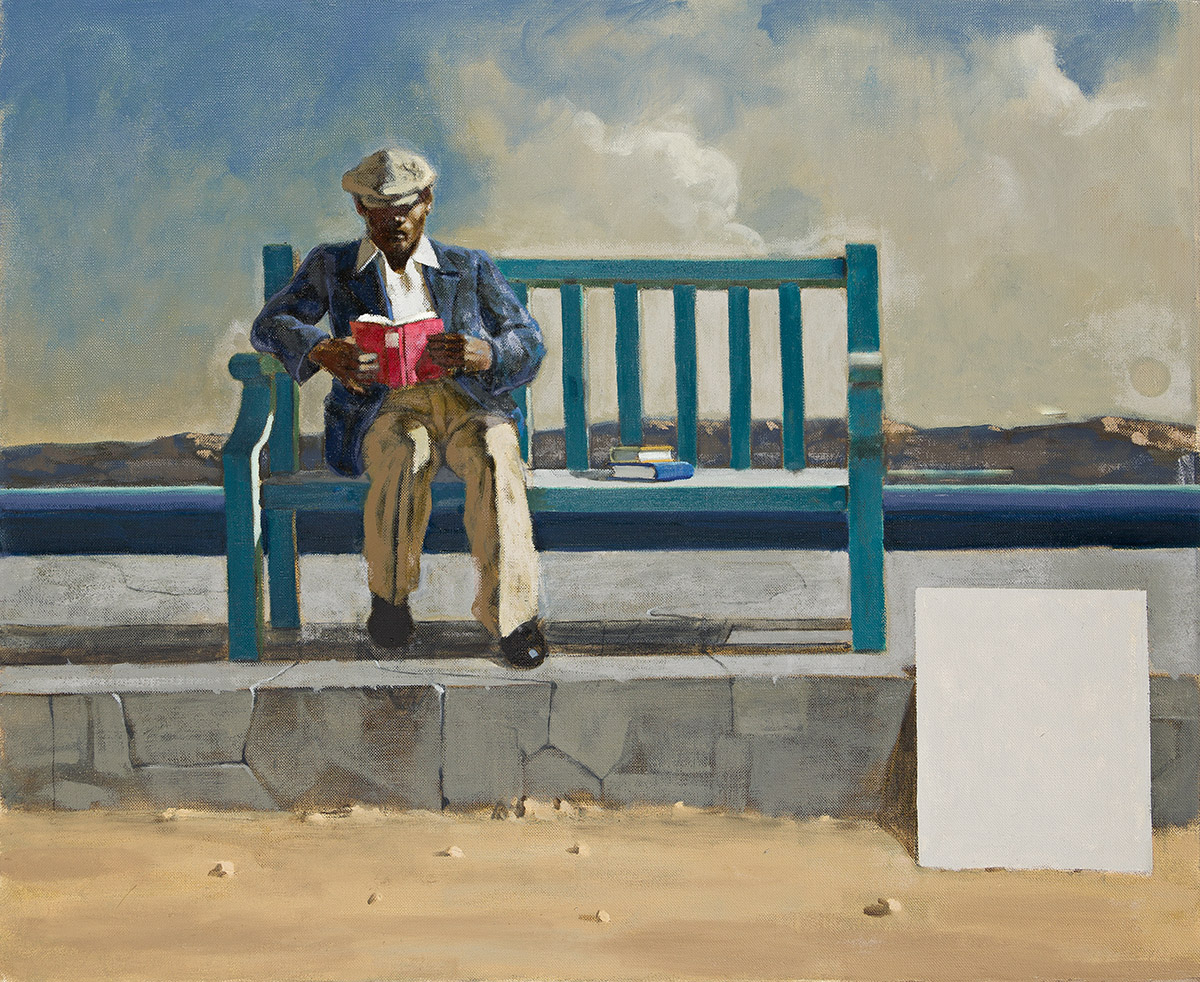Artist Profile: Walter H. Williams
“I am often asked, everywhere I’ve been, what is the symbolism of my butterflies? Why Butterflies? The only thing I can say of them is that they are the spirits of my ancestors. The Chinese believe butterflies are the spirits of their ancestors…They’re free.”
— Walter H. Williams in an interview with David C. Driskell, November 11, 1972, Copenhagen
Painter and printmaker Walter Williams is remembered for his contributions as a significant African American expatriate artist living in Denmark in the late twentieth century. His oeuvre is marked by the duality between his upbringing in civil-rights era New York, and the freedom he found in his bold decision to live and work as an artist in Denmark. Speaking to this, binary oppositions linger delicately in Williams’ iconographic works, masterfully rendered in warm and vibrant hues. His symbols for summer and winter, joy and sorrow, rest and work, express life and its dualities that we all face. His southern landscapes, bucolic scenes depicting fields of expansive floral growth, often populated by serene, childlike figures, oppose and reimagine the harmful vestiges of racial oppression in the American South. Williams’ symbols of freedom include butterflies as free-flying figures, flowers and fauna that represent a source of life, and birds represent the flight into freedom. Like his peers William H. Johnson and Jacob Lawrence, he depicted sunflowers often—symbolic of happiness.
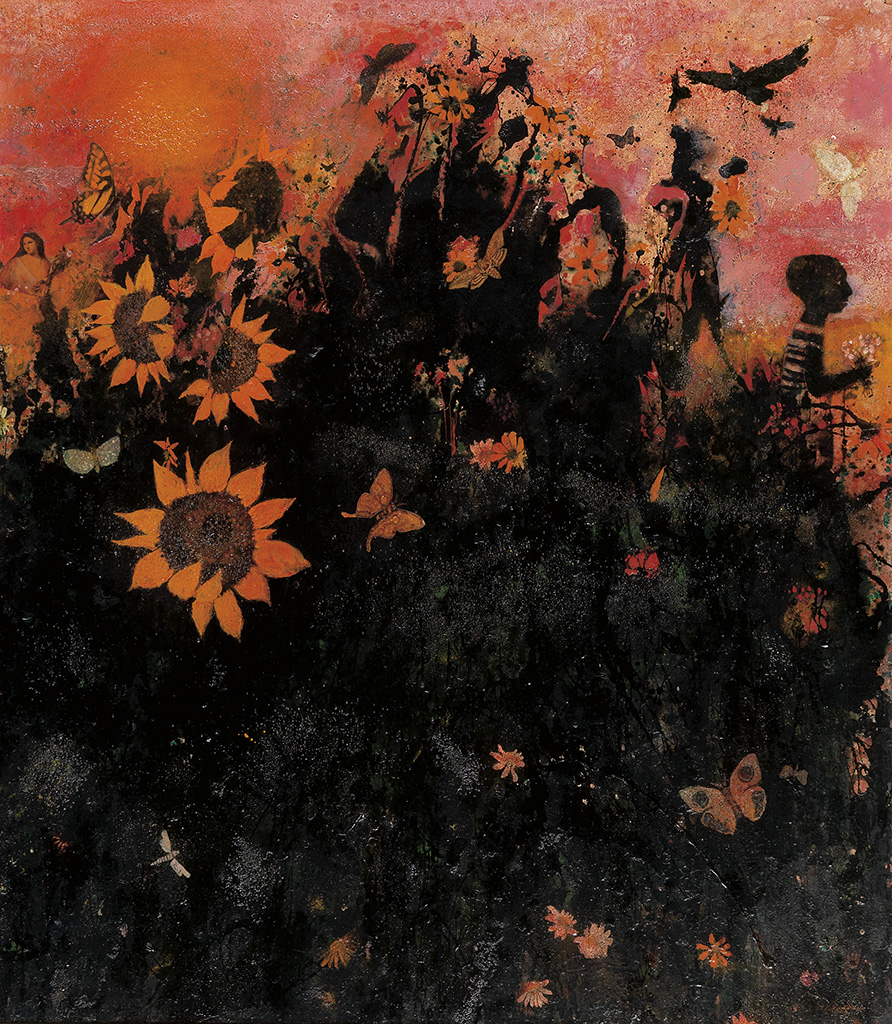
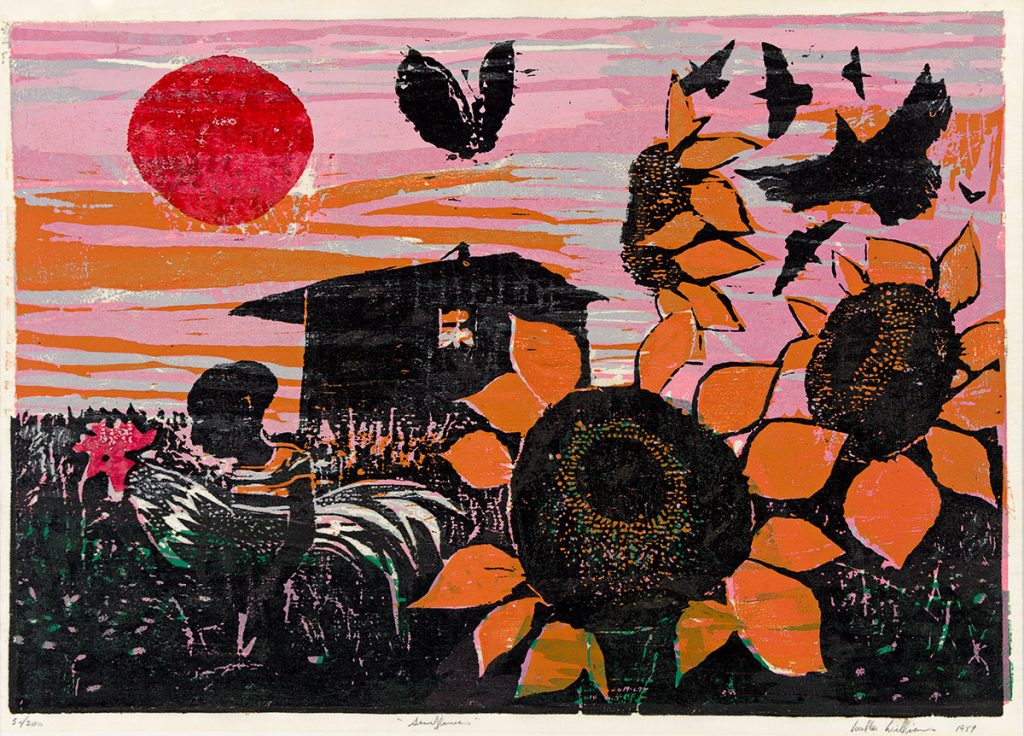
Early Life
Born July 11, 1920, in Brooklyn, New York, painter, printmaker, and sculptor Walter Williams has a legacy that spans an ocean and two continents. Williams, drafted into the US Army from 1942 to 1945 and assigned to an all-Black unit in France, began his artistic career with the help of the GI Bill upon his return to New York in the early 1950s. He studied painting under Ben Shahn, Reuben Tam, and Gregorio Prestopino at the Brooklyn Museum Art School from 1951-55. His melancholic New York City scenes were exhibited as early as 1952 at Roko Gallery and included in the 1953 Annual Exhibition of Contemporary American Painting at the Whitney Museum of American Art. That year, Williams also studied at the Skowhegan School of Painting and Sculpture alongside David C. Driskell, Robert Indiana, and Alex Katz.
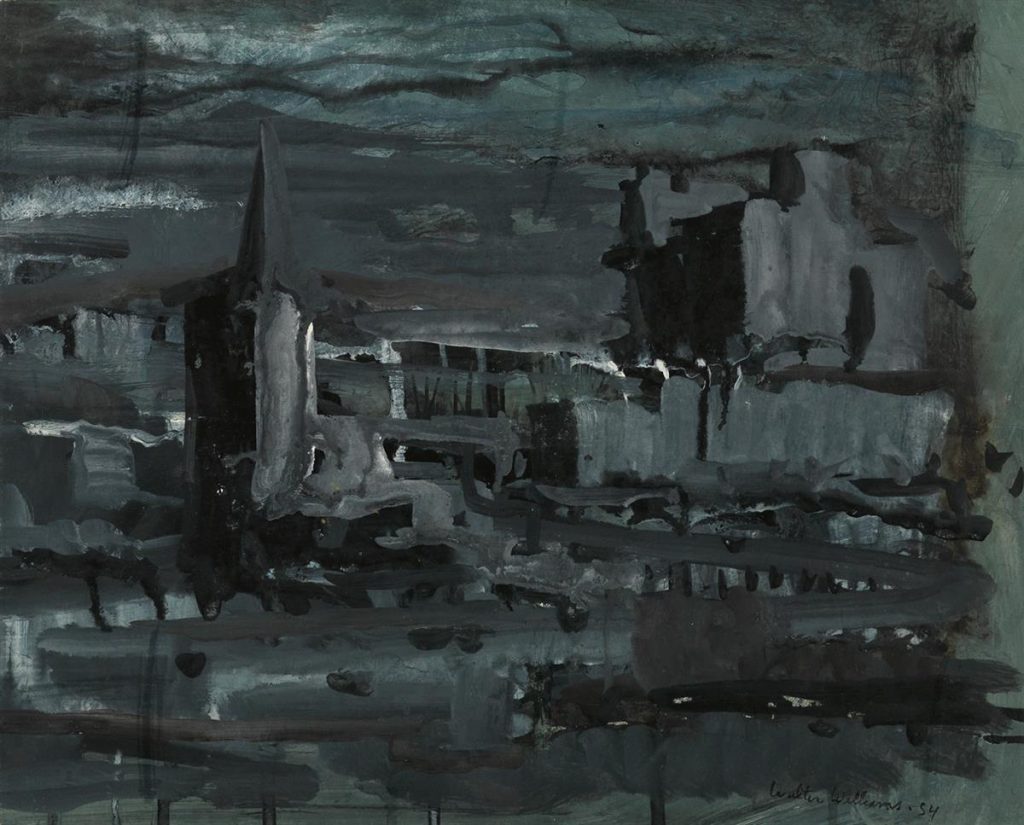
Southern Landscapes & Travels to Denmark
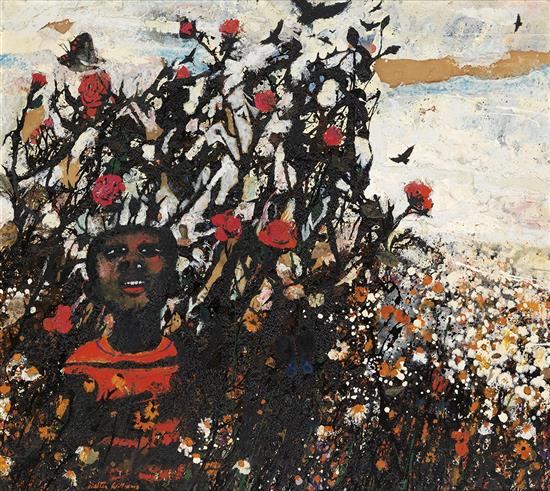
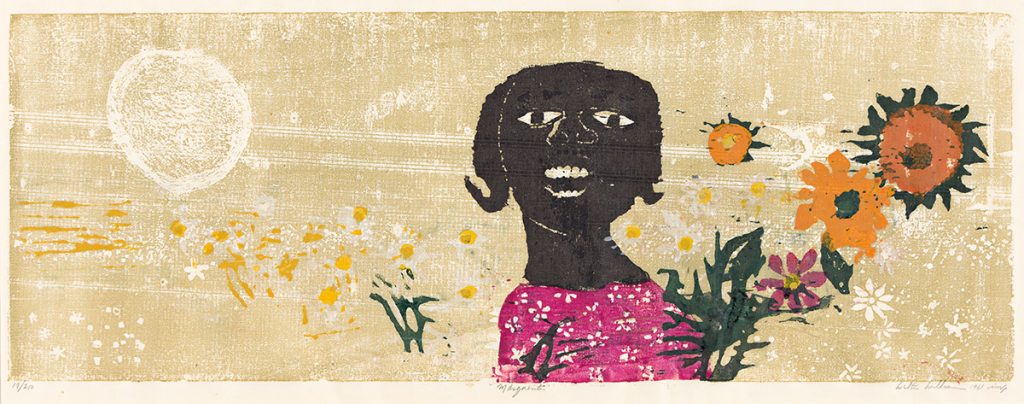
After receiving a John Hay Whitney Foundation fellowship in 1955, which he used to travel to Denmark in 1956, Williams left behind the stark subjects of the city for a warmer, poetic countryside. The same year he married his second wife, Marlena, a ceramicist and Danish citizen. Influenced by the landscapes of the American South and the fields he found in his trips to Denmark, he found a new level of expression in a series of imaginary Southern landscapes. He dreamed of children joyously playing in seas of green. It became a subject the artist would revisit repeatedly for the next twenty years in both painting and printmaking. A lesser-known subject in Williams’ body of work are his renditions of the Black Madonna. Inspired by the abundance of religious iconography seen in European churches, Williams executed numerous woodcuts and paintings of a Black Madonna and Child. In these works, Williams simultaneously uplifts Black nurturing and motherhood while reimagining placing Black figures in a distinctly European pictorial space, a reflection of his own experience as an African American expatriate in Europe. In 1958, Ebony magazine included Williams in a cover story on young Black artists that featured Barbara Chase-Riboud on the cover of the issue.
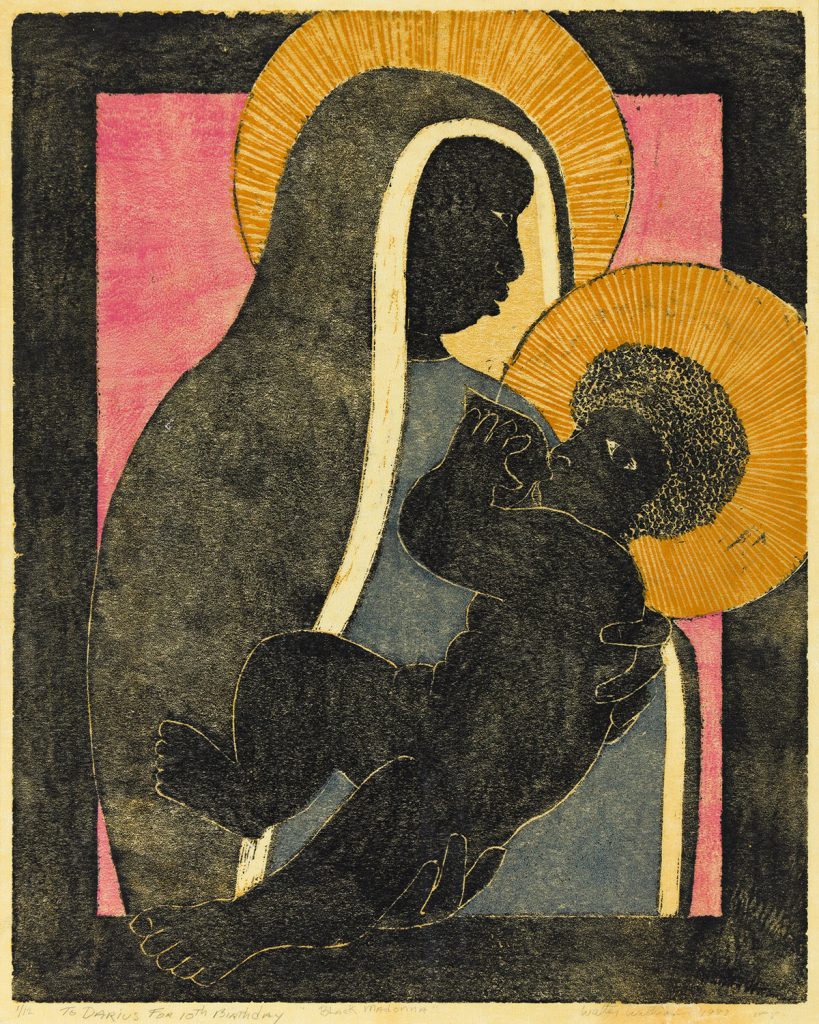
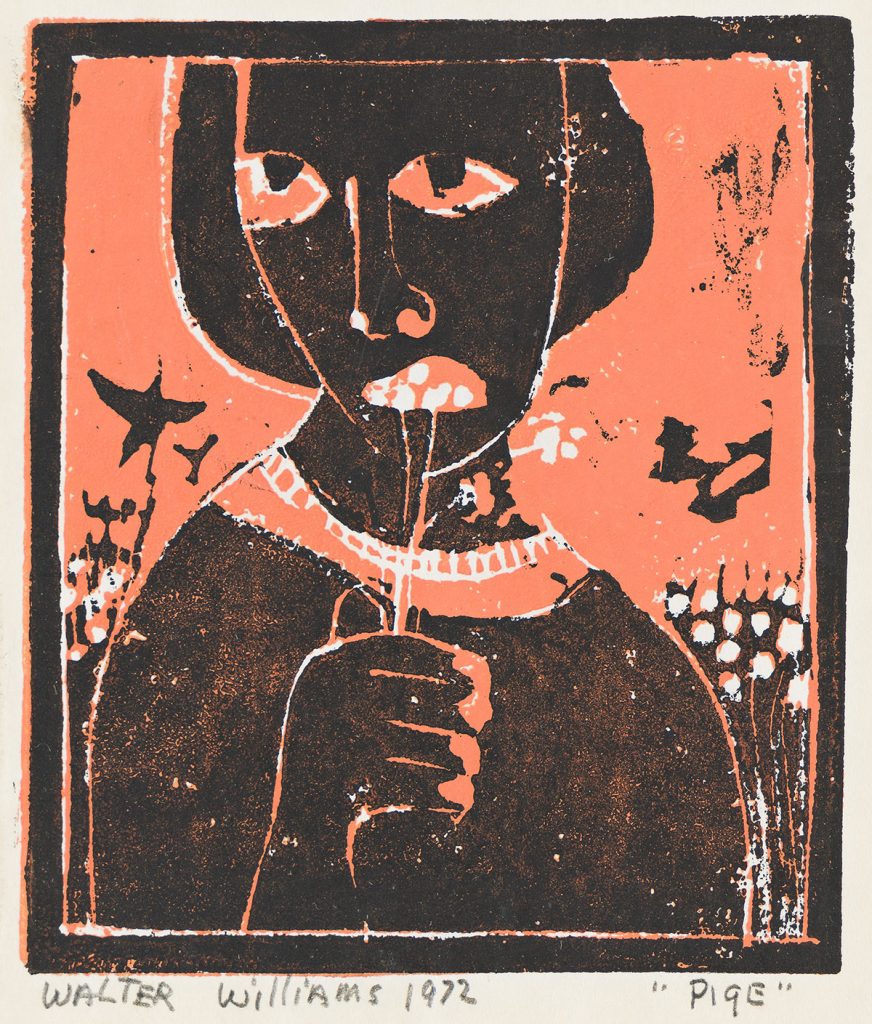
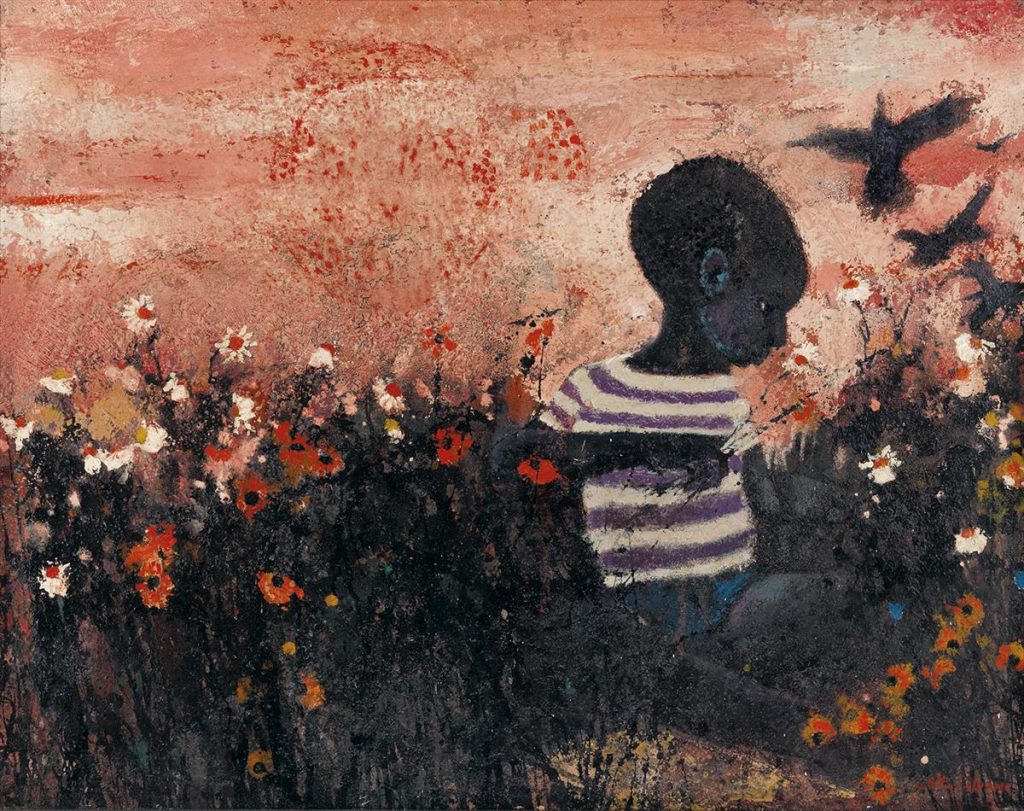
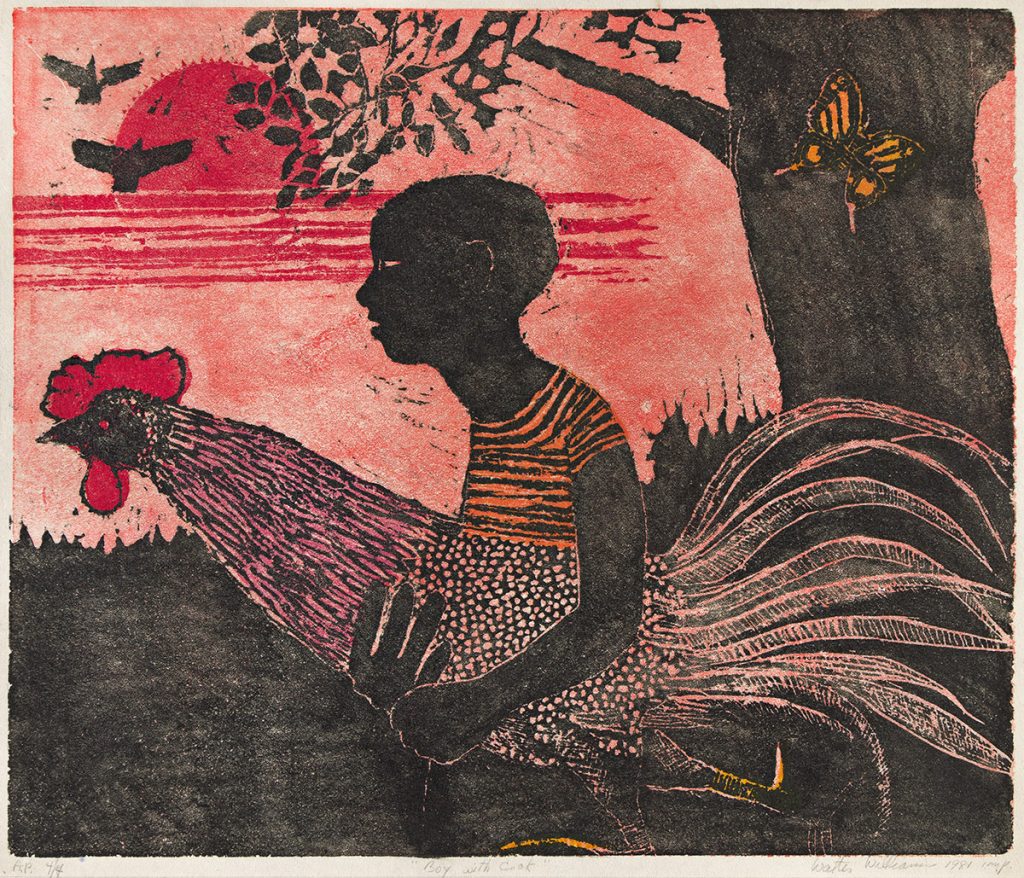
Fisk University
After settling in Denmark, Williams organized his 1964 exhibition entitled “Ten American Negro Artists Living and Working in Europe.” The other artists featured were Harvey Cropper, Beauford Delaney, Herbert Gentry, Arthur Hardie, Clifford Jackson, Sam Middleton, Earl Miller, Norma Morgan, and Larry Potter.
Shortly after this, Williams’s lifelong friend David Driskell tapped him to become an artist-in-residence in 1968 at Fisk University’s Art Department in Nashville, where Driskell was chair. Williams was among six artists that Driskell hired to help build the department. Williams’ wife Marlena accompanied him, and they set up a studio. He studied alongside Earl Hooks, developed a ceramic practice, and taught at Fisk for the 1968–1969 school year. At the end of his residency at Fisk, he assembled a farewell exhibit of his paintings, colored woodcuts, and pottery at the school. In 1969, he and Marlena returned to Denmark, where he continued to work and teach in his studio in Frederiksberg.
Legacy & Art Market
The legacy of Walter Williams’ body of work and network of influence has gained increased recognition in the twenty-first century. His work was featured prominently in the 2024 exhibition Nordic Utopia? African Americans in the 20th Century, which was organized by the National Nordic Museum, Seattle, and has traveled to the Chazen Museum of Art at the University of Wisconsin–Madison and the Scandinavia House in New York. Inspired by her original research, the exhibition was curated by Ethelene Whitmire, Professor of African American Studies, at University of Wisconsin–Madison, and Leslie Anne Anderson, Chief Curator of the National Nordic Museum, Seattle. The exhibition examined the lives and artistic practices of expatriate African American cultural figures, including Ronald Burns, Doug Crutchfield, Herb Gentry, Dexter Gordon, William Henry Johnson, Howard Smith, and Walter Williams, all of whom lived and worked in Denmark, Finland, Norway, and Sweden in the second half of the twentieth century. His paintings are held in the collections of the Whitney Museum of American Art, the Baltimore Museum of Art, the Studio Museum in Harlem, and the Middlebury College Museum of Art. His prints are found in many institutional collections, including the Metropolitan Musuem of Art, the National Gallery of Art, the Smithsonian American Art Museum, and the Howard University Gallery of Art.
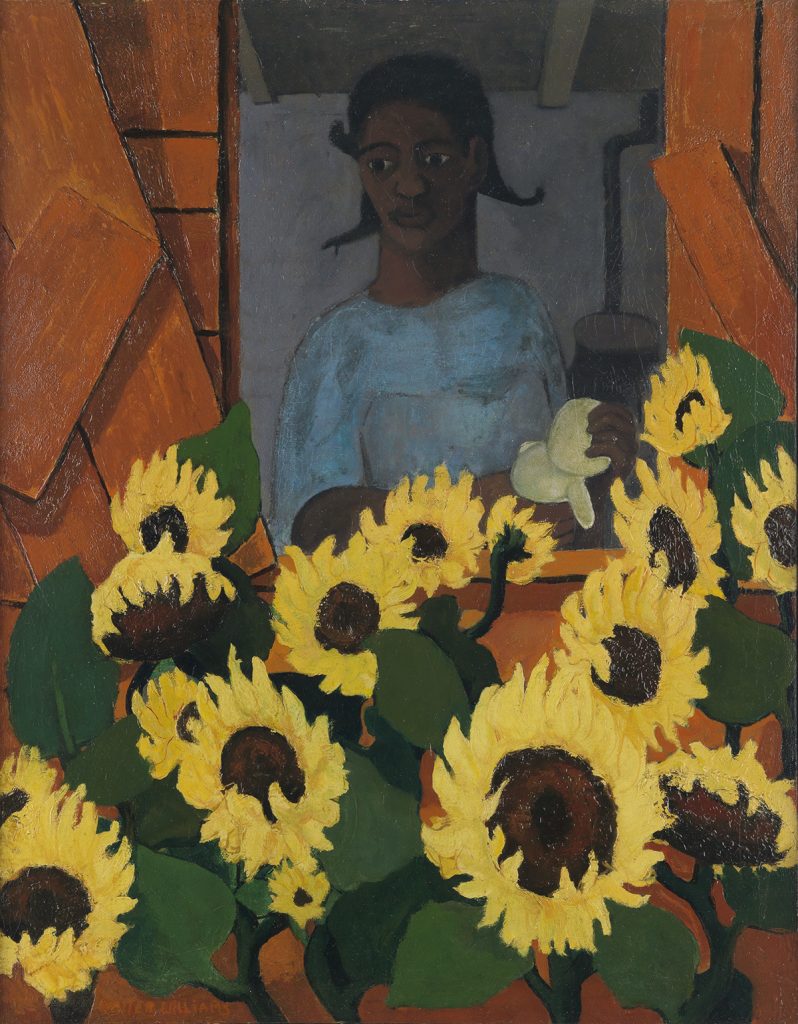
Williams’ woodcuts, paintings, and ceramics have come to auction since 2000. His woodcuts have hammered consistently between the median depending on varying factors due to condition and how richly inked the impressions are. His works on canvas like Sunflower Girl, circa 1951-52, White Butterfly, 1969, Untitled (Seated Man with Bowed Head), 1951, and Untitled (Boy in a Field), circa 1956-59 have increased in value over the years to command high five-figure and six-figure prices. Moving to Denmark allowed William to create to create freely, unbound to the racial-political strife of the United States and placed him amongst of Black artists who were living and working internationally.
